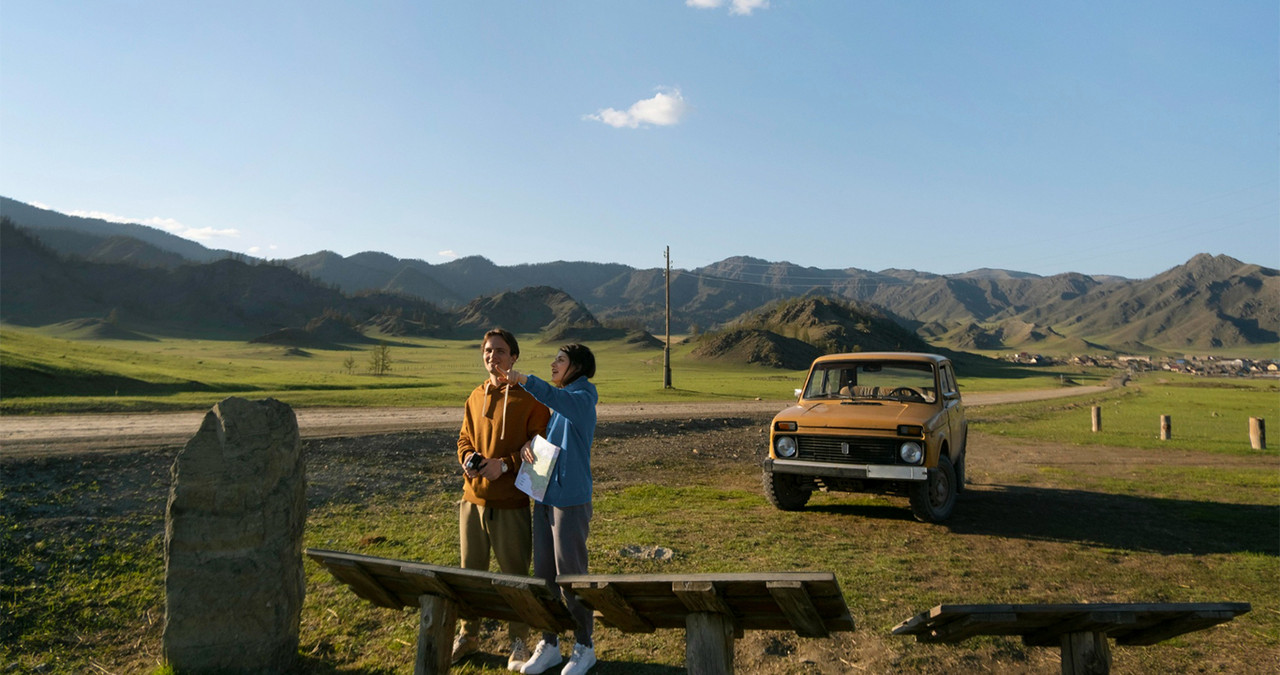The automotive world is a dynamic blend of tradition and innovation. From the timeless appeal of classic cars to the cutting-edge advancements in electric vehicles (EVs), the industry continues to evolve at an astonishing pace. Whether you’re a fan of vintage designs or excited about the future of sustainable transportation, understanding the changing automotive landscape offers fascinating insights. This guide explores the journey from classic cars to the latest in EV technology, showing how the past and future intersect on the road.
The Allure of Classic Cars
Classic cars evoke a sense of nostalgia and timeless beauty. These vehicles, often produced during the golden eras of the 20th century, are celebrated for their unique designs, craftsmanship, and cultural significance. Models like the Ford Mustang, Chevrolet Corvette, and Jaguar E-Type remain icons of automotive history, admired by enthusiasts and collectors alike.
Classic cars represent more than just transportation; they are works of art that tell stories of innovation and progress during their time. The simplicity of their mechanics also allows for restoration and customization, making them a popular choice among hobbyists who enjoy working under the hood. Classic car shows and auctions continue to draw large crowds, proving that the charm of vintage vehicles endures even in a high-tech age.
However, as the automotive industry shifts toward sustainability, classic car owners face challenges such as limited fuel availability and stricter emissions regulations. To bridge this gap, some enthusiasts are converting classic cars into electric vehicles—a trend that blends retro style with modern eco-friendly technology.
The Rise of Electric Vehicles
At the other end of the spectrum, electric vehicles are reshaping the automotive landscape. With zero tailpipe emissions, improved efficiency, and advanced technology, EVs are a cornerstone of the industry’s push toward sustainability. Tesla, Nissan, and newer players like Rivian are leading the charge, while traditional automakers such as Ford, General Motors, and Volkswagen are rapidly expanding their EV offerings.
EVs are no longer limited to compact city cars; they now include a wide range of models, from luxury sedans and SUVs to powerful trucks. The development of faster charging networks and longer-range batteries is making electric vehicles more practical for everyday use, addressing concerns about range anxiety and charging convenience. Governments around the world are also incentivizing EV adoption with tax breaks and subsidies, accelerating the transition to an electric future.
Bridging the Gap: Classic Meets Modern
The growing trend of retrofitting classic cars with electric drivetrains is creating a unique intersection between old and new. This process preserves the aesthetic and historical value of classic vehicles while incorporating the benefits of modern EV technology. Companies specializing in electric conversions are giving iconic models like the Volkswagen Beetle and Land Rover Defender a second life, appealing to both classic car enthusiasts and eco-conscious drivers.
Beyond conversions, automakers are also blending classic inspiration with modern engineering in their new models. For example, the Ford Mustang Mach-E and Volkswagen ID.Buzz evoke nostalgia while delivering the benefits of electric mobility. These vehicles demonstrate how tradition and innovation can coexist, offering the best of both worlds.
The Future of Automotive Innovation
As the industry continues to evolve, the focus remains on sustainability, connectivity, and personalization. Hybrid models, hydrogen fuel cell technology, and autonomous driving systems are shaping the future of transportation. Meanwhile, the love for classic cars ensures that vintage designs and craftsmanship remain a vital part of automotive culture.
Conclusion
From the timeless charm of classic cars to the cutting-edge technology of electric vehicles, the automotive landscape is more diverse and exciting than ever before. Whether you’re drawn to the artistry of the past or the promise of a sustainable future, there’s something for everyone in this evolving industry. As innovation continues to drive change, the road ahead promises a thrilling journey for car enthusiasts and everyday drivers alike.

